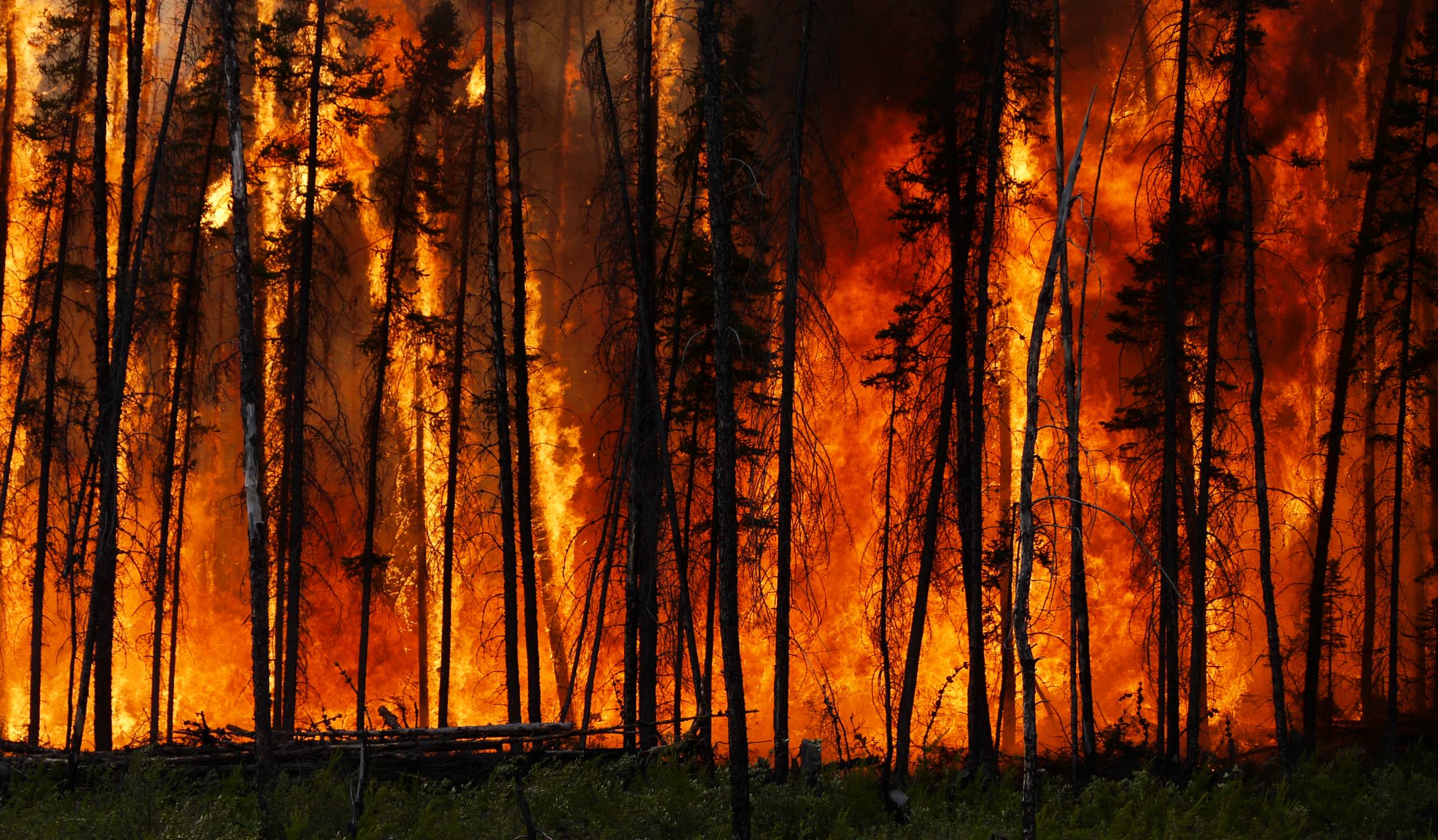One of the most critical questions in climate research today is how global clouds will change in a warmer environment. Physical mechanisms in the atmosphere have the potential to moderate or accelerate the warming from greenhouse gases. These mechanisms are called feedbacks. Even with today’s improved forecasts, feedback from clouds is uncertain – meaning scientists don’t know how much Earth’s average temperature will warm as the CO2 atmospheric concentrations continue to increase. A new University of Maryland and NASA study attempts to reduce this uncertainty by constructing a long-term trend in cloudiness using NASA and NOAA satellite observations going back to 1980.
Clouds could hold a powerful influence in mitigating or worsening rising temperatures, Weaver says. Certain types of clouds, such as low altitude cumulus, have a net cooling effect because they are strong reflectors of sunlight, i.e., they have a strong albedo. If this type of cloudiness increases with warming temperatures in response to rising levels of atmospheric greenhouse gases, global warming will occur more slowly than it would without the presence of these clouds. But if these clouds dissipate in response to rising greenhouse gases, the climate will warm faster than anticipated.
“It’s this extra warming, the feedback, that is so hard to measure and so hard for climate models to accurately simulate,” said Weaver, Associate Research Scientist at UMD’s Earth System Science Interdisciplinary Center and first author on the paper. “If these types of cloud decrease in the future, global warming will be accelerated.”
To determine how clouds have responded to warming global mean temperatures since 1980, Weaver et al. constructed a data set that archives how much sun light has been reflected by clouds (the cloud albedo) and then compared this albedo record to output from 47 climate models run in historical mode (i.e. simulating the same time period).
Of particular interest is the evolution over time of the marine stratocumulus decks off the coasts of South America, California, and Namibia. These cloud decks reflect significant amounts of solar radiation and cool the planet. At least up to 2014, maps of trends in cloudiness from the satellite record show no signs of dissipation of the stratocumulus decks. The cloud deck off the coast of Peru appears to be reflecting more sunlight over time (see green circles in the figure below.)

“Sea surface temperature in the eastern Pacific has been cooling since 1980. Cooler surface ocean temperatures strengthen the temperature inversion just above the clouds and lead to more cloudiness,” explains Weaver, “An inversion has warmer temperatures just above the cloud compared with the in-cloud temperatures below. This acts like a lid on top of the clouds keeping them from dissipating to higher altitudes in the atmosphere.”
This type of behavior is difficult to represent within climate models, which typically fail to simulate observed cloud trend patterns over the Pacific Ocean. This could be because most models cannot simulate the pattern trends in sea surface temperatures. Another deficiency is that they use coarse spatial grids, which are too low-resolution to accurately represent cloud physics (physical processes that occur inside clouds).
Weaver et al. found that on average, the level of cloud feedback estimated from climate models and observations is lower than the estimate from the team’s satellite observations. This means that global warming could be occurring faster than the models/observations generally represent.
“If this conclusion is supported by future research, we may need to transition away from fossil fuels sooner than later.” says Weaver.
Improving these models, as well as other mechanisms scientists use to analyze clouds over the Earth, will allow researchers to better quantify how the Earth will warm in the future. Weaver and his colleagues hope that policymakers can use this knowledge to better allocate climate resources in the future.
“The dataset that has been developed is one of the longest, most robust records of cloud conditions in existence,” says study co-author Ross Salawitch who is also a professor at ESSIC and at UMD’s Department of Chemistry and Biochemistry “My hope is that members of the climate modeling community will use observations such as this data-record to improve the representation of clouds in computer models, whether through more realistic parameterizations or attempts to better represent cloud physics in the computationally efficient manner that is necessary for use in projections of global warming over the coming decades.”





